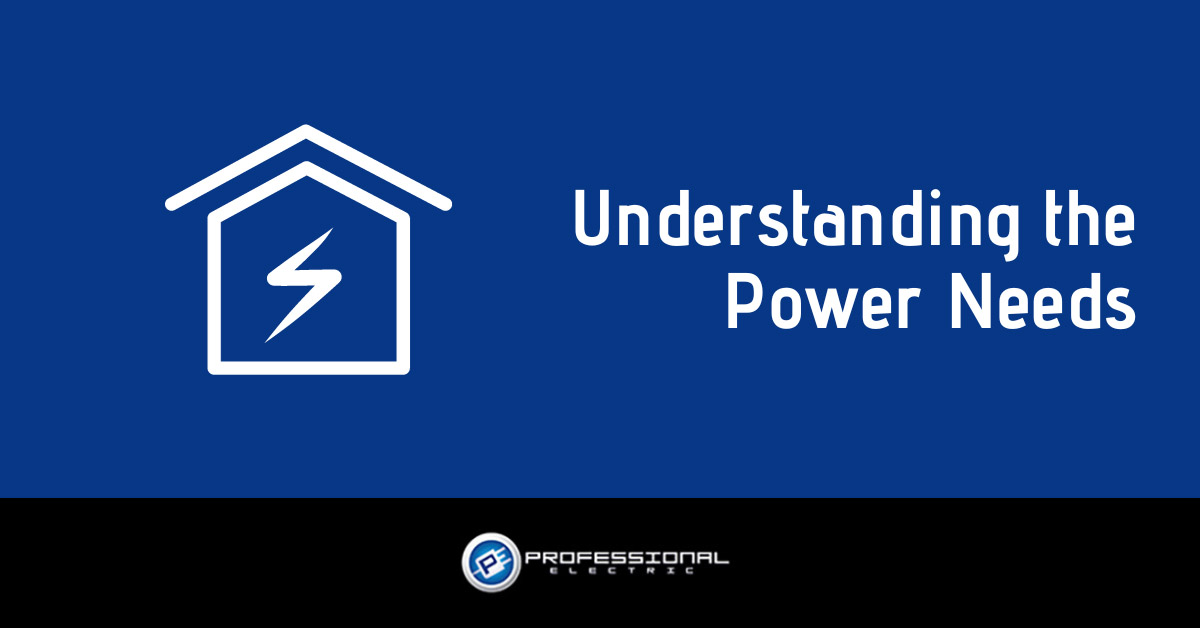With hurricane season in full swing, blackouts are an inevitable challenge that many homeowners face. While the inconvenience of losing power for a short period might be manageable, extended blackouts can disrupt your life significantly. That’s why it’s crucial to understand the power needs of your home during a blackout. In this post, we’ll guide you through the key factors to consider.
Assess the Essentials
Start by assessing what you consider essential in your home. For most people, this would include lighting, refrigeration, and the ability to charge mobile devices. Depending on your situation, you might also require power for medical equipment, heating or cooling systems or a home office. Make a list of these essentials to determine the minimum power supply needed during a blackout.
Calculate the Load
After identifying the essentials, you’ll need to calculate the total electrical load. This is usually measured in watts. Check the wattage information on the labels of each appliance or device. Add these numbers together to get an idea of your total electrical load. Remember, this is a rough estimate; the actual power consumption can vary based on usage patterns and efficiency.
Choose the Right Generator
Armed with your total load estimate, you can now choose an appropriate generator. Generators are categorized based on their output, typically expressed in kilowatts (kW). It’s advisable to go for a generator that can produce 20-25% more power than your estimated requirement. This extra capacity will accommodate any additional load and ensure the generator operates efficiently.
Consider Fuel Efficiency
Generators run on various types of fuel, including gasoline, diesel and propane. The choice of fuel can affect the operational cost and how long the generator can run without refueling. Opt for a fuel-efficient model that provides a longer runtime, especially if you live in an area prone to extended blackouts.
Plan for Installation
Installation is not just about plugging in your generator; it’s about setting it up to meet your specific needs. If you’re not an electrically savvy homeowner, consider hiring a professional electrician for a safe and compliant installation. Many generators can be integrated with your home’s electrical system via a transfer switch, allowing for a smoother transition when the power goes out.
Test Regularly
Once your generator is set up, regular testing is crucial to ensure it’s in optimal condition. Make it a habit to run your generator at least once a month. This not only assures you that it’s in working condition but also allows you to become familiar with its operation, so you’re not fumbling in the dark when you need it the most.
Final Thoughts
Preparing for a blackout involves more than just keeping a few candles and flashlights handy. By assessing your essential power needs, calculating your home’s electrical load and selecting the right generator, you can be well-equipped to handle any power outage. Remember, a smooth installation and regular testing can go a long way in ensuring your generator is ready when you need it. When it comes to the complexities of electrical setups, consulting with professionals like us at Professional Electric can provide invaluable insights and help you set up a reliable backup power system tailored to your needs. Stay empowered and stay safe this hurricane season.

